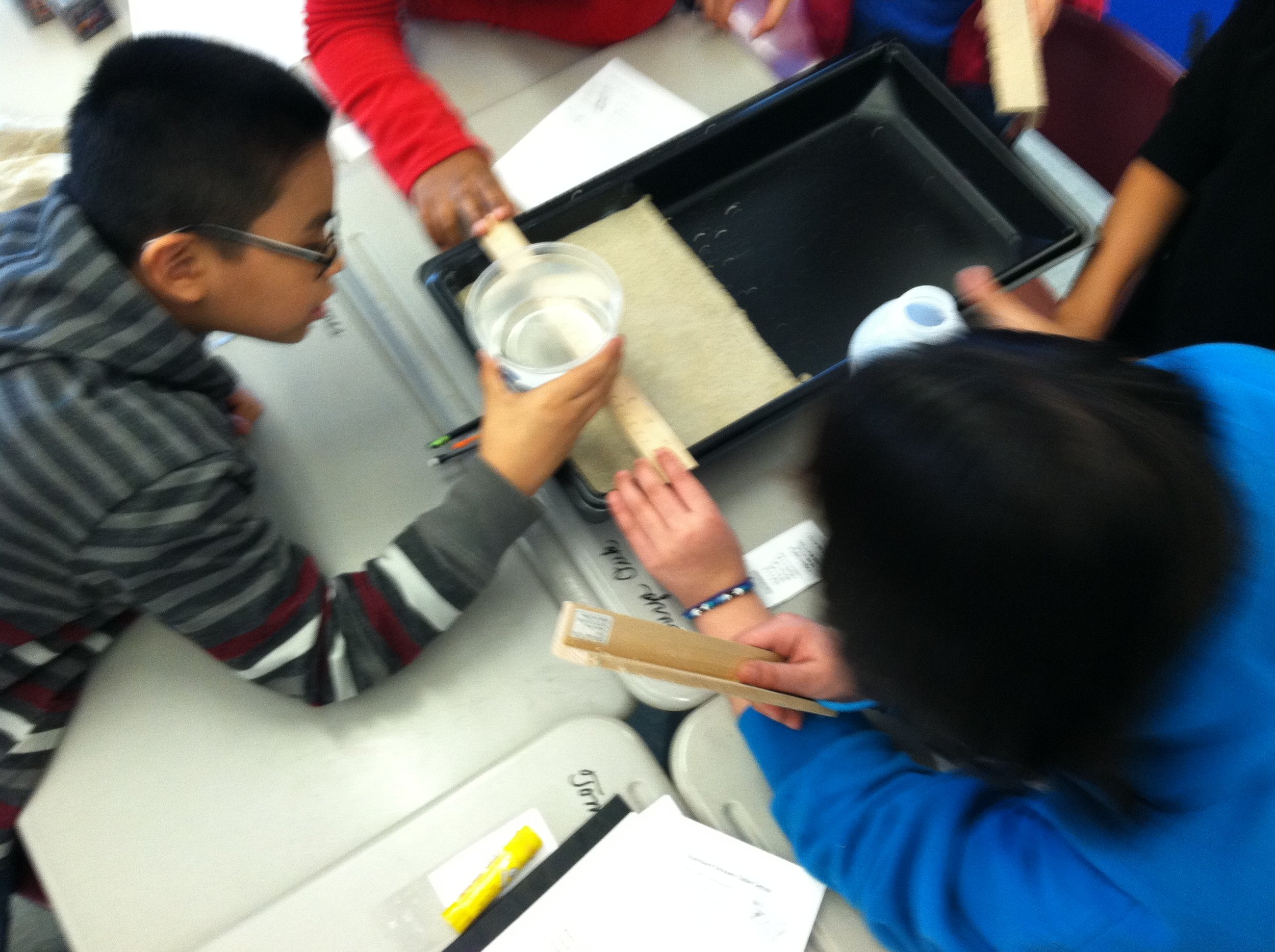The courage to be imperfect
“Creativity is allowing yourself to make mistakes.
Art is knowing which ones to keep.”
Educators and staff in my community start the new school year tomorrow. And as they do, there will be the usual pressure to be perfect. Perfect in pedagogy, perfect in understanding students, perfect in everything that has to do with school, in the finger-pointing education environment under which we teach and learn.Does it seem as if somehow no one in public education is allowed a misstep? I think so; and I think that toxic expectation of perfection can interfere with the art of teaching.In teaching, there is an underlying expectation that all should go according to plan without stumbling or error. This is an unrealistic expectation, and it creates an environment of canned, scripted and safe lessons that do not necessarily serve students. Unrealistic expectations of flawless lessons create an impediment to teaching creatively. As any experienced educator can attest, every day there will be moments when all goes smoothly, and moments when nothing does. This is to be expected. Teaching is an art filled with glorious highs and magnificent lows; sometimes this takes place within the same 60 minutes.As you all return to school and to the important work of creating a community of learners, I urge you to embrace both creativity and the mistakes that are inevitable.Do the research. Read professionally. Participate in discussions with colleagues. Take chances. Take advantage of opportunities for creativity in teaching and learning. Teaching is an art and you, my friends, are the creatives.
 Ludlow Superintendent Todd Gazda posed this question in a recent Commonwealth Magazine article: What is equity? Because, as Dr. Gazda points out, current education policy tends toward equalizing education for all students with standardized curriculums proven by standardized assessment and incentivized "business systems" for implementation.
Ludlow Superintendent Todd Gazda posed this question in a recent Commonwealth Magazine article: What is equity? Because, as Dr. Gazda points out, current education policy tends toward equalizing education for all students with standardized curriculums proven by standardized assessment and incentivized "business systems" for implementation.